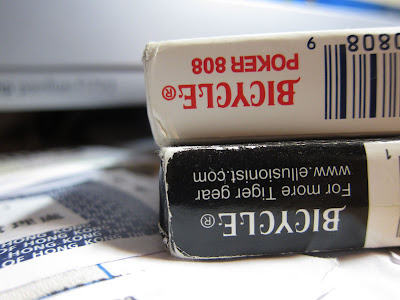A few observations from the doctor's waiting room. I've noticed at my dermatologist and the lung doctor they like to keep newspaper clippings, often of news stories about themselves. Had a quick look through, not all of them are of him of course, he had some clippings about SARS and the avian flu since I was looking at the clippings from that time period. I thought putting Mr. Bean on the TV was a good idea at first since it provides comic relief (one of the patients was laughing out loud), until Mr. Bean's antics started bothering me so I had a quick look at the Time magazine. To my surprise it was the latest issue, don't doctors usually leave old issues in their clinic? I'm glad you called, it made me realize what time it was and it relieved me of the worry that you might stay up late waiting, hope you slept well.
Most of the digital photography that I did in the past was point and shoot, meaning I never really fiddled around with cameras since the past digicams I've used were are pretty simple. The most I ever messed around on my older cameras was on 'long exposure', keeping the camera aperture open to take a photo for a long period of time. I like making movement of light streaks come up on photos. With my newest camera however I can play with even more things, like manually focusing on objects (adjusting the focus distance), adjusting the shutter time (the amount of time the light is allowed to reach the film or sensor in the camera), adjusting the aperture size (the hole that lets light into the camera) and adjusting the ISO (high ISOs are more sensitive to light, meaning better photos for fast moving objects or things at night, the cost of high ISO is a grainy image). I thought it would be fun to review over these aspects of photo taking both for myself and for you.
Notice the difference between the two photos?
2f

8f

The focus distance is the same, meaning the camera is focused on the card decks in both pictures. However, the photo on top was taken with an aperture of 2.0f and the bottom with aperture 8.0f. You can see a difference in the background. As I mentioned briefly above the aperture is the hole in the camera that lets light touch the film, or in the case of the digicam a digital sensor (either CCD or CMOS, but more about that later). By using a bigger hole on top the light from the background becomes blurred and only the object in focus remains unblurred. By using a smaller hole on the bottom even the light from the background comes through relatively unblurred.
A smaller f number means a bigger hole and a bigger f number means a smaller hole. It's a little counterintuitive but I try to remember that in low lighting I need a lower f number and in brighter lighting I have the flexibility to also use a high f number in addition to the low f numbers. When the hole is smaller (higher f) less light comes in, so to compensate you either have to make the film, or sensor, more sensitive by increasing the ISO or the time that the light comes in for (shutter time). By using a higher f you can also make interesting effects on light.
2f

8f


Again the low f is on top and the high f is on the bottom. Since the aperture is made up of 6 pieces covering the hole by making the aperture smaller as shown on the bottom the light becomes distorted to look like a 6 pointed star. That's all for photography today, I'll continue to update tomorrow.
Publish Post
Tomato status report! They're growing quite handsomely.

No comments:
Post a Comment